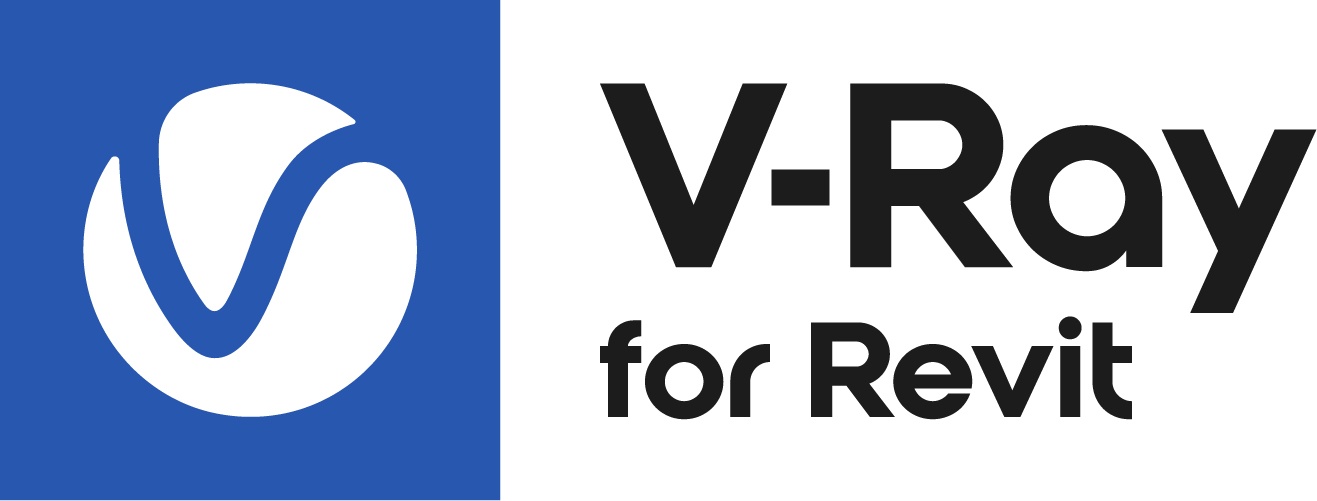This page provides details on Environment tab available in Settings.
Overview
The Environment tab in the V-Ray Settings window is where you can find and adjust the settings of the volumetric effects Aerial Perspective and Environment Fog, as well as the Infinite Ground Plane.
The Aerial Perspective atmospheric effect simulates aerial perspective - the effect that the Earth atmosphere has on the appearance of objects that are viewed from a distance, and which is similar to fog or haze.
Environment Fog is an atmospheric effect that allows the simulation of particle media like fog, atmospheric dust, and so forth.
The Infinite Ground Plane creates a procedural infinite plane at the desired height.
Aerial Perspective
Enabled – Turns on/off the aerial perspective effect.
Connect to V-Ray Sun – The Aerial Perspective effect requires connection to V-Ray Sun parameters in order to work accurately. This option is ignored in case other type of environment light is used.
Atmospheric Height – Specifies the height of the atmosphere layer. The value corresponds to the units set in the current Revit project. Lower values can be used for artistic effects.
View Distance – Specifies the distance at which the fog has absorbed 90% of the light coming from objects behind it. Lower values make the fog appear more dense, while larger values reduce the effect of the aerial perspective. The value corresponds to the units set in the current Revit project.
Light Multiplier – Controls the amount of sunlight scattered from the atmospheric effect. The default value of 1.0 is physically accurate; lower or higher values could be used for artistic purposes.
Filter Color – Affects the color of the unscattered light.
Affect Environment – When disabled, the atmospheric effect is applied only to camera rays that hit actual objects, but not to rays that hit the sky.
Affect Background – Specifies whether the effect is applied to camera rays that hit the background in case of a background image. This option is enabled by default, but some interesting effects are possible when disabled.
Environment Fog
Enabled – Enables or disables the Environment Fog.
Color – Defines the color of the fog when it is illuminated by light sources.
Left or right-click on any color slot opens additional color selection options.
Emission Color – Controls the fog emission (self-illumination). You can use this parameter to substitute the ambient illumination inside the fog, instead of using GI.
Emission Multiplier – A multiplier for the Emission parameter.
Fog Height – The fog is assumed to start from a certain Z-level height and continue downward indefinitely. This parameter determines the starting point along the Z-axis.
Particle Distance – Controls the fog density. Larger values make the fog more transparent, while smaller values make it more dense.
Use Artificial Lights – When enabled, all artificial lights in the project will have an effect when rendering the environment fog.
Affect Background – Enables or disables the tracing of background rays.
Affect Secondary Rays – Enables or disables the tracing of secondary rays through the volumetric.
Infinite Ground Plane
Places an infinite plane at the specified height.
Height – Specifies the height of the Ground Plane.
Material – Specifies a material for the Ground Plane. Note that selecting a V-Ray material from the drop-down list enables the Infinite Ground Plane. Respectively, removing the selected material disables the Infinite Ground Plane.
Note that the global material overrides do not affect the Infinite Ground Plane. If that is needed, the material should be changed manually.
The Infinite Ground Plane scales the material assigned to it by a factor of 100. The material scale can be adjusted from within the V-Ray Asset Editor. In all cases where that material is assigned to other geometries, it is recommended to use a duplicate copy of it.




